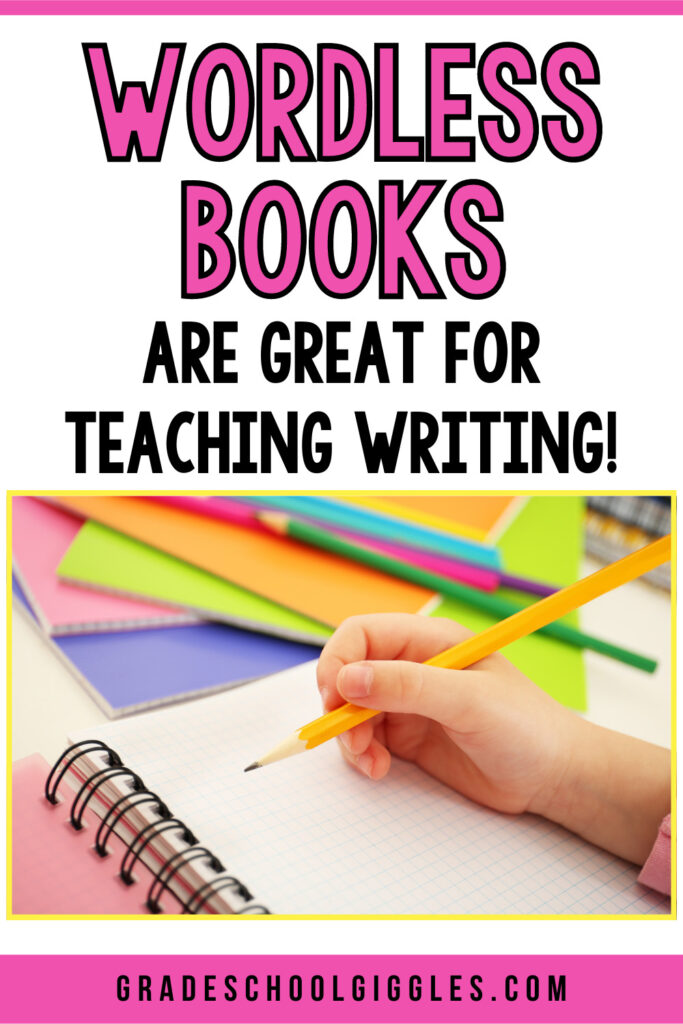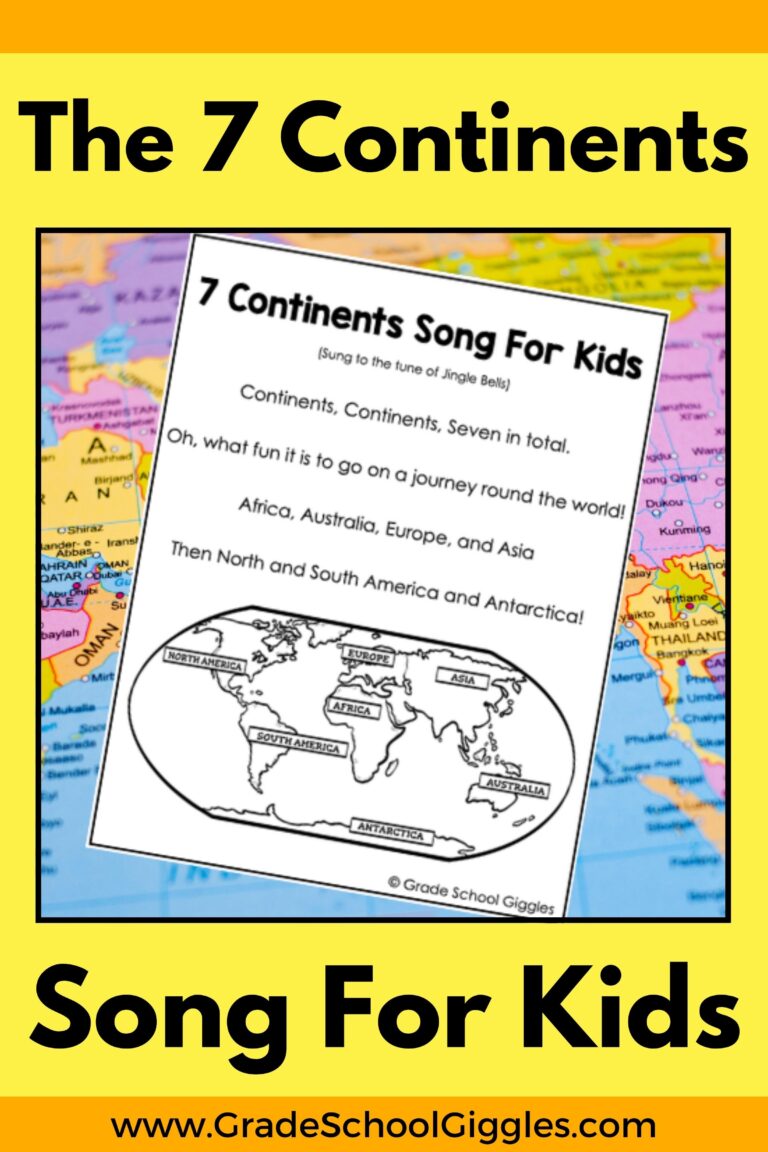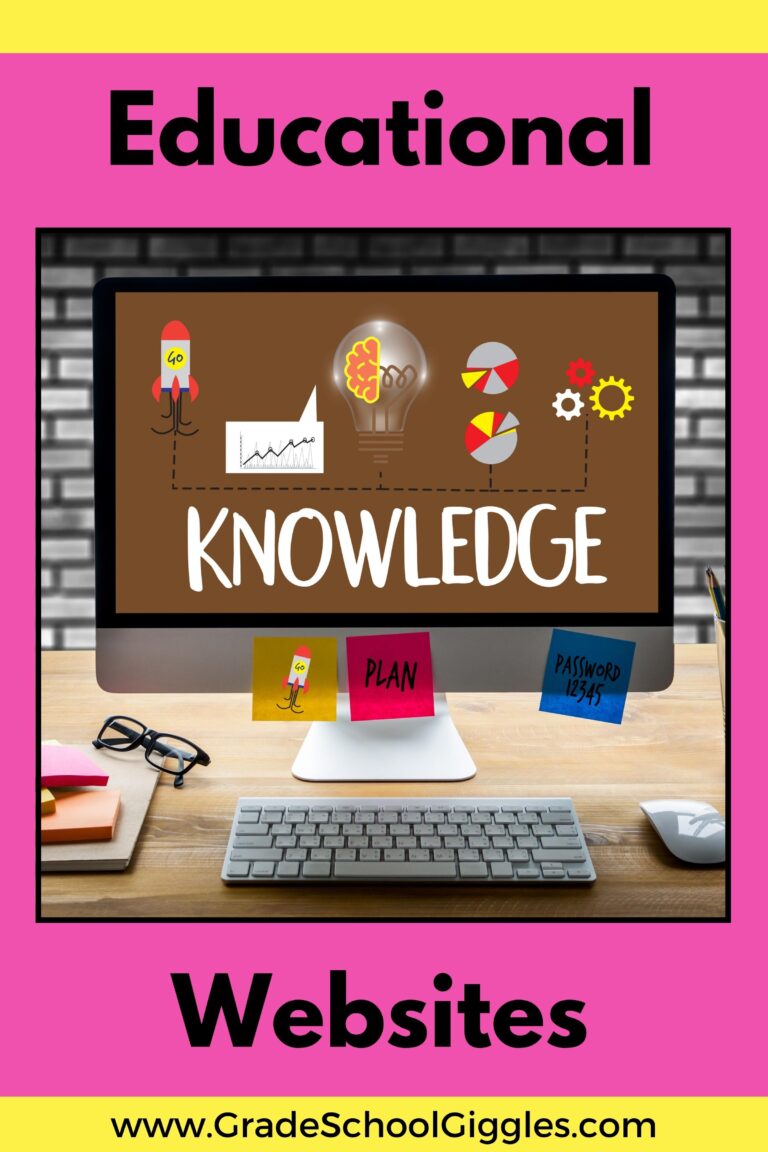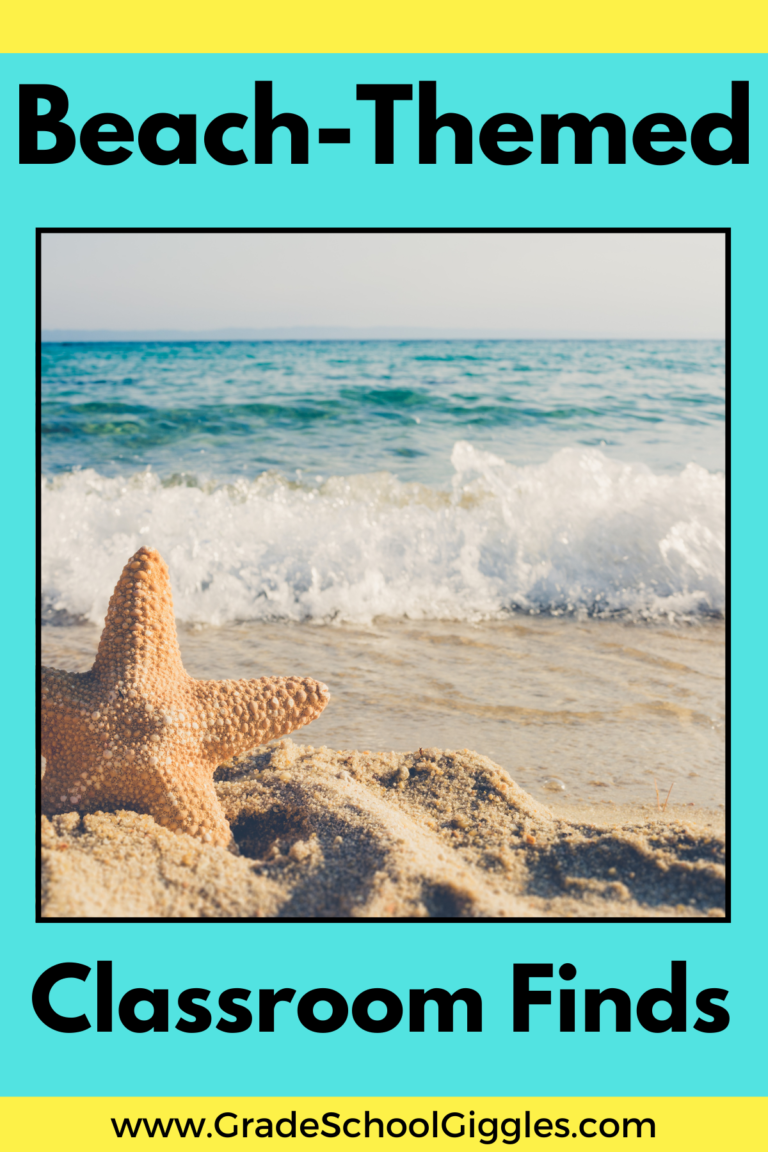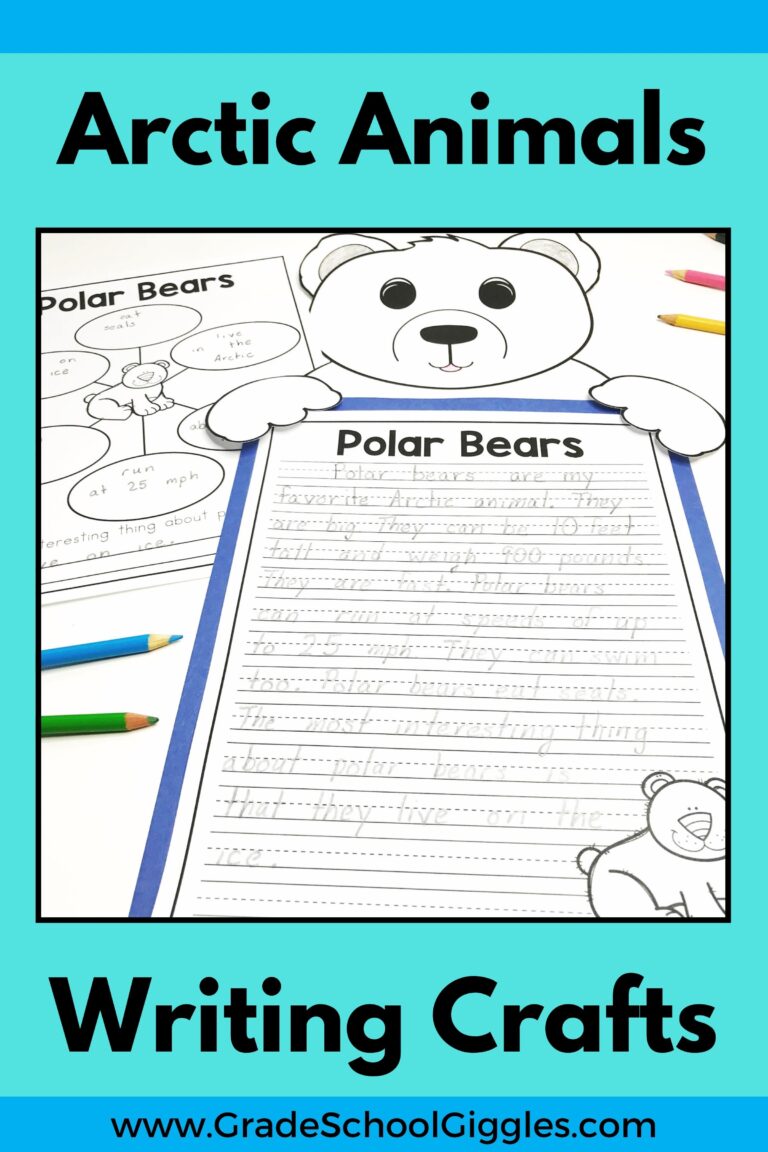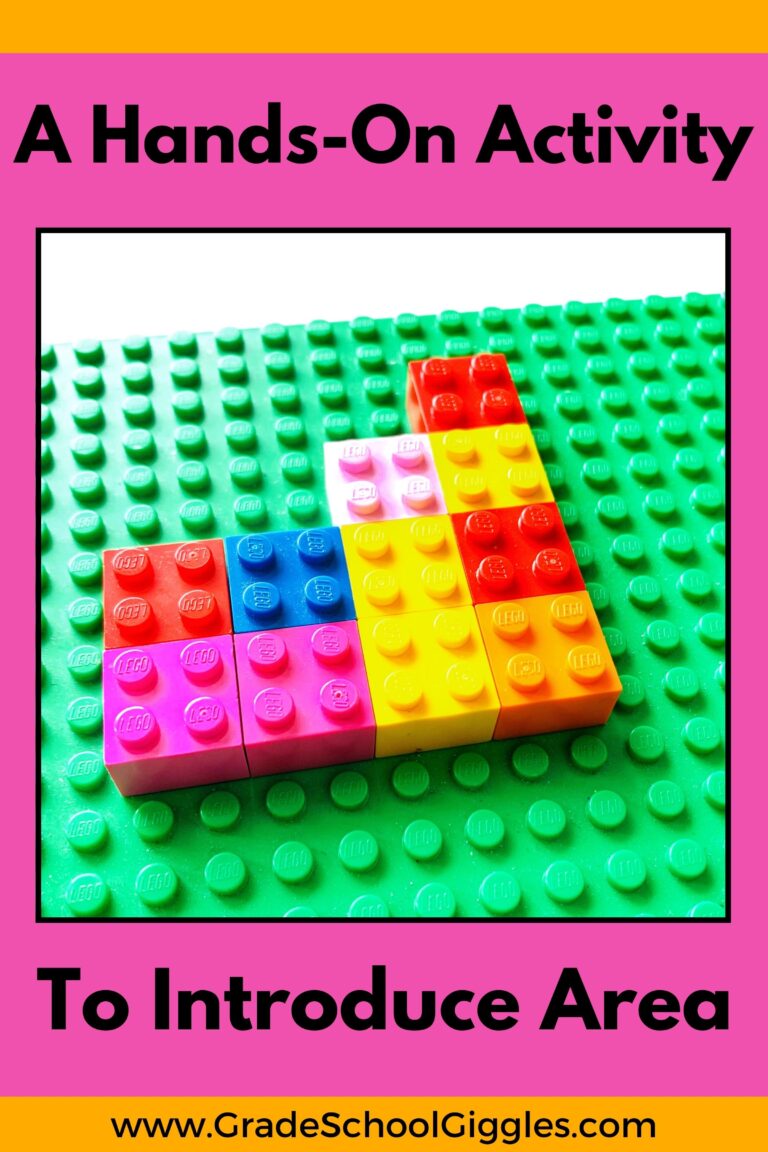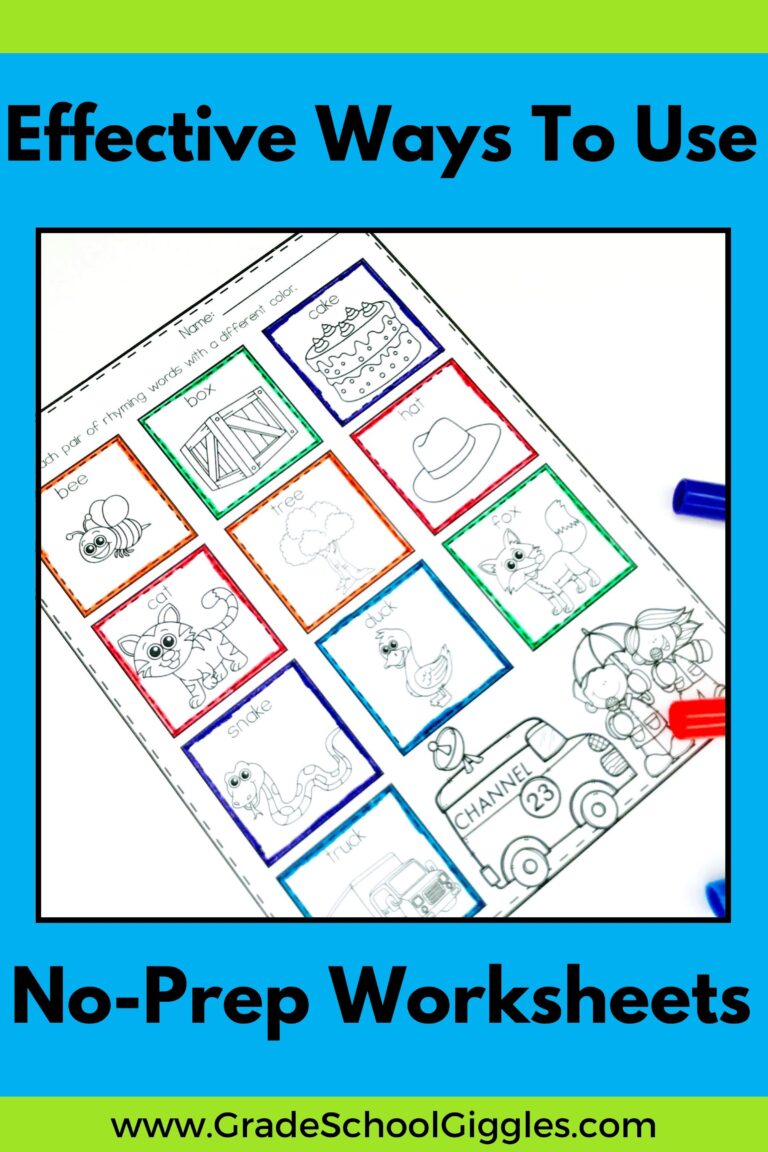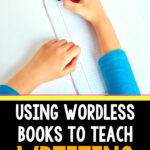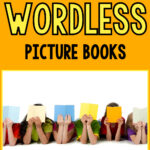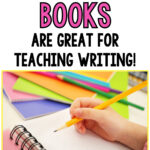Teaching Writing With Wordless Books
Do you remember the first time you picked up a pen or pencil to write? For many of us, it wasn’t an easy task. Just coming up with ideas and figuring out where to begin can be overwhelming, especially for young writers. That’s where wordless books come in.
Wordless picture books give young writers inspiration to create their own stories.
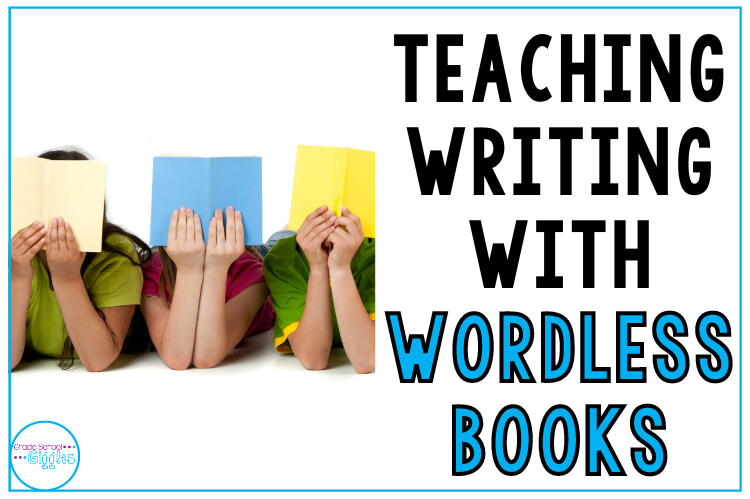
Let’s look at how wordless books can help children become better writers. Plus, I’ll share some of the best wordless picture books for elementary school students at the end of the post.
Generating Ideas And Creating Stories
One great thing about wordless picture books is that they inspire children’s creativity. Without words to guide them, young writers have the freedom to let their imaginations run wild and come up with their own unique stories.
Grab a wordless book and “read” it aloud by modeling looking at the pictures, and thinking out loud about what’s happening. Think about the beginning, middle, and end of the story. What events are taking place? Who are the characters? What are they thinking or feeling?
If you are able to, check out a variety of wordless books from your local library and have your students pick one to look at as they think of their own stories. Encourage your students to work with a partner and have them tell the story together. If you don’t have access to a variety of wordless books, project one and do a shared writing activity instead.
Books without words can be incredible tools for generating ideas. You’ll often find that different kids will look at the same book and think of two totally different stories.
Developing Descriptive Language
Another benefit of wordless picture books is that they help students visualize their stories which makes it easier for kids to be descriptive. Encourage students to describe the characters and settings in their stories while looking at the pictures.
Try projecting a picture on your whiteboard and brainstorming different ways to describe the character, setting, or event depicted in the picture with your class. Write different adjectives, phrases, and keywords your students come up with on the board.
Encourage your kiddos to think about what they could see, hear, smell, etc. in the story. Ask them to describe those sensory experiences. For example, in a story featuring a winter landscape, ask children to describe what snow sounds like when it falls or how the icy wind feels. By emphasizing sensory details, children can develop their descriptive language and bring their stories to life.
Fostering a Love of Reading and Writing
Reading and writing go hand in hand. As teachers, we want our students to love and excel at both.
Wordless picture books give even your weakest readers a chance to participate without any anxiety about reading. They also take away some of the cognitive burdens involved in writing.
By integrating wordless books into a writing curriculum, children can tap into their natural creativity and develop their own stories. They can be a great way to jumpstart children’s writing.
The Best Wordless Picture Books For Elementary Students
Wordless books are more than just picture books – they’re tools that can encourage reluctant readers, inspire creativity, and ignite a love of reading and writing in children. By using wordless books, teachers can help students generate ideas, create stories, and develop descriptive language.
If you’d like to use wordless books in your classroom, check out these wordless picture books and pick a few to share with your students.
Note: This blog post contains affiliate links.
Want More Writing Activities For Your Classroom?
Explore persuasive writing with this persuasive writing lesson based on a fun picture book activity. Create this crazy hair poetry to review the parts of speech and introduce poetry writing, or try this fun sensory writing activity with slime.
